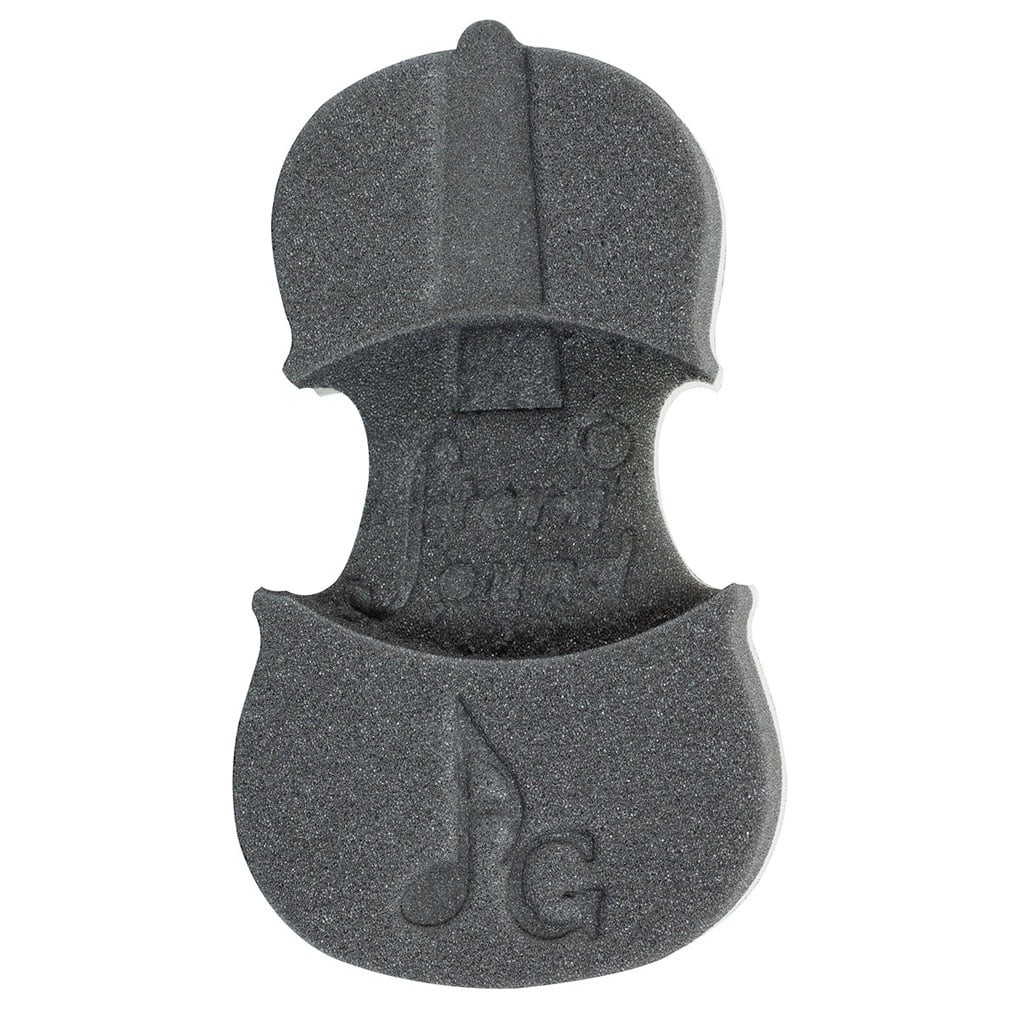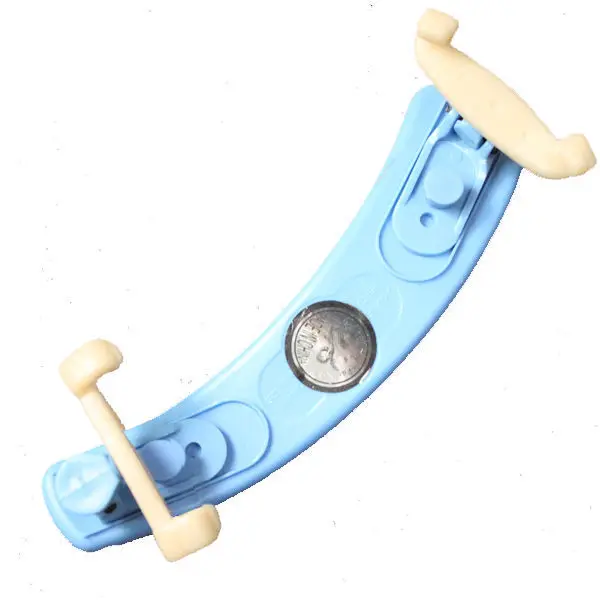

This can be very useful if you have a longer neck and find yourself with a lot of tension at your neck trying to hold the violin steady.Īs a general note, most shoulder rests are also available in sizes to fit a viola, and work in much of the same way as violin shoulder rests. Many shoulder rests are also adjustable for their height. Of course, different brands of shoulder rest are different sizes. If a shoulder rest interrupts these vibrations, there will be lower amplitude and thus the violin will sound softer. You can think of a violin like a drum the wood acts like a membrane that vibrates in resonance with the strings, as transmitted through the sound post. This would be due to the greater interruption of the vibrations of the back of the violin.


Some come with more padding and others, less.īar-style shoulder rests that attach to the body of the violin are said to mute the sound of the instrument less, though this point is still contested.įoam or sponge rests that have a large surface area that touches the violin are said to mute the sound more than bar rests. Most shoulder rests come in the same shape of the shoulder, though the shape can vary considerably. Foam or sponge rests can either stick right on the violin, or may be attached with elastics. Shoulder rests are usually made out of a combination of wood, carbon fibre, plastic, foam, aluminum, leather, and/or sponge.Ī popular style has rubber-tipped “feet” that attach the shoulder rest to the body of the violin.

There are many types of shoulder rest so it typically takes some experimentation to find the shoulder rest that is best suited for your violin set up. That said many people find that using a shoulder rest is more comfortable so it is important to explore this option while learning the violin. Also, the majority of violinists and violists who play Early Music will not use shoulder rests at all to maintain an older style of playing. Many violinists who play professionally do not use shoulder rests. It is actually a relatively recent invention from the 20th century. The use of a shoulder rest is, however, not necessary to play the violin. It can make holding the violin easier by propping the violin up higher from the body so as to facilitate technical requirements like shifts. The shoulder rest is as the name suggests: it is an accessory that is attached to the body of the violin to support the instrument over the player’s shoulder. Though there is considerable debate about the use of a violin shoulder rest, many beginner violinists use the shoulder rest when they are first starting to learn the violin. When you purchase through links in our articles, we may earn an affiliate commission. Consordinis articles are written by musicians who independently research, test, and recommend the best instruments and products.


 0 kommentar(er)
0 kommentar(er)
